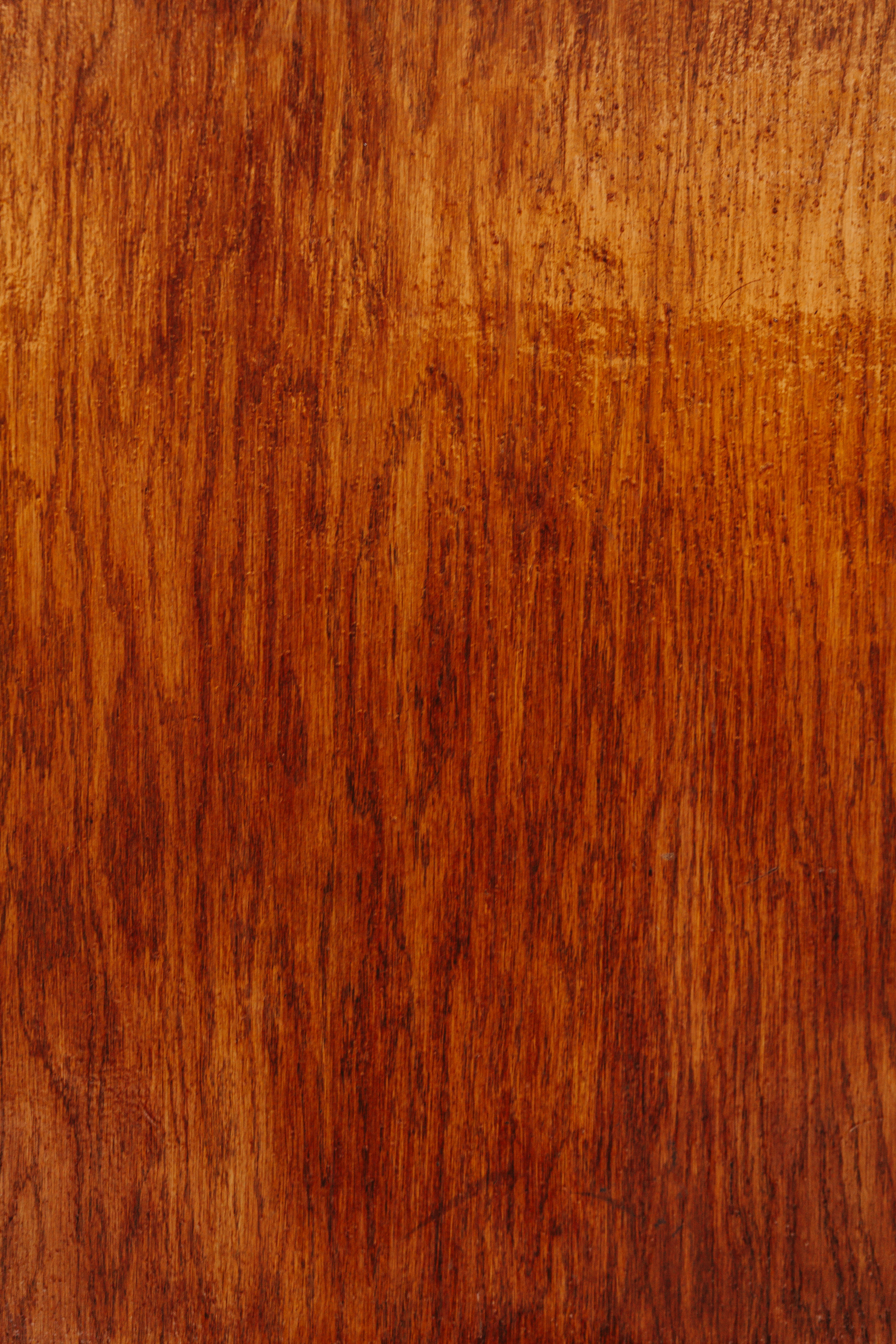
There has been miscommunication on whether varnished wood can be painted.
Brush & Roll Painting has been refinishing wood since 1996. We have experience in thousands of homes across Omaha, NE with painting varnished woodwork and cabinets.
In this article, we will take a quick look at tips on how to paint over varnished wood. By reading this article, you can learn more about varnished wood. If you have varnished wood, by reading this you can confidently decide if you should paint it or hire a professional painter.
About varnished wood
Varnished wood is more difficult to apply paint on than other types of wood. It can only be done if the wood itself is in good physical condition.
Firstly, a varnished wood has a protective finish or film applied to it, leaving a hard, glossy, transparent coating when it dries. The main goal of painting varnished wood is to transform it into a surface that the paint can adhere to.
materials needed to paint varnished wood
• Sandpaper
• Clean cloth
• Trisodium Phosphate
• Primer
• Paint Brush or Paint Roller
• Paint (Water or Glossy)
• Wood putty
• Face mask
• Detergent
• Hand gloves
The steps required when repainting varnished wood
Cleaning the Surface
You will need to wipe the surface of the varnished wood with any household detergent, but if there is any tough stain, you may use a strong chemical like Trisodium Phosphate (TSP). This is needed to eliminate any stain that might prevent the paint from getting adhesion and allow the sandpaper to be smoothly effective.
Filling Cracks with Wood Putty
If there is any crack or uneven surface on the wood surface, it is necessary to level it up with wood putty. After this, use a scraper to level it and wait for it to dry completely. If this is not done, it will make the surface to be rough and you won’t be able to achieve an even, seamless finish.
Using Sand Paper
Paint does not generally stick well to varnish without treating the varnish ahead of time. So to get a smooth, professional look if you plan to paint over varnish, it will need to be expertly sanded first. This should be done by a furniture refinishing professional. After sanding the surface, wipe the surface of the wood to remove any dirt and residue using a damp cloth.
Priming the Surface
As earlier mentioned, paint doesn’t necessarily stick very well on bare surfaces, but it sticks pretty well to primed surfaces. A primer helps to make the surface suitable for the paint to adhere to it and also blocks the varnish and stains from showing through your new paint coat. Priming also ensures proper paint coverage, and you might even end up using a fewer number of paint coats.
Apply Paint
Now is the time to apply paint to the surface of the wood after the primer has dried and all the necessary steps have been taken. You need a paint roller or paintbrush for this, you can choose any paint color for your painting as you desire. Meanwhile, if there is any spot or surface you don't want the paint to touch, seal it off using painter’s tape or drop cloths.
Once the first coat of paint has dried, apply the second coat of sufficient coverage to make sure that the primer and stains don’t show through. If your surface had particularly tough and showy stains, you might want to tint the primer with a bit of paint to help in concealing the imperfections.
Bottom Line
Painting over varnished wood is not particularly a complicated task, but it’s a bit more challenging compared to painting any other plain wooden surface. To get the best quality finish, you will need to use high-quality painting products, and put in some effort in the surface preparation process.
If you don’t have the painting skills, experience, or tools, you might want to hire a professional painting contractor for help. At Brush and Roll Painting, we offer reliable, high-quality, durable woodwork refinishing and cabinet repainting services. Give us a call today at (402) 932-9764 to get started.
Bill is the owner and operator of Brush & Roll Painting.
Topics:
